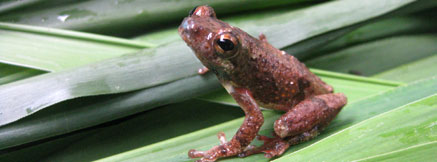
That this foul deed shall smell above the earth Shall in these confines with a monarch’s voiceĬry ‘Havoc,’ and let slip the dogs of war Their infants quarter’d with the hands of war Īll pity choked with custom of fell deeds:Īnd Caesar’s spirit, ranging for revenge, That mothers shall but smile when they behold To beg the voice and utterance of my tongue–Ī curse shall light upon the limbs of men Which, like dumb mouths, do ope their ruby lips, Woe to the hand that shed this costly blood! Today is a day to look into ourselves and open up to Antony’s words over the body of the slain tyrant Julius Caesar. No, August 6 is a day to reflect on how decades of militaristic, imperialistic propaganda have twisted the souls of even those of us who work to see an end to war, to create a world with no more Phan Thị Kim Phúc’s, no more babies bawling on wrecked train platforms. Even this morning as I read a piece excoriating the American narrative about using nuclear weapons on Japanese cities, I kept asking the author “What else would you have had Truman do to end the war?” This is not the place to go into psychological binds that we create for ourselves with policies like “unconditional surrender.” Or to ask: if the Japanese government still won’t apologize for its treatment of “comfort women,” can you imagine how they would be if we had just negotiated an end to fighting and left the fascists who attacked China and Pearl Harbor in power? Like many Americans I still had mixed feelings about President Obama’s visit to Hiroshima. I doubt that she would have been pleased that her picture became a tool to steel American consciences to the horrors we inflicted on Hiroshima, Nagasaki, and the Japanese cities we fire-bombed. She did not grow to become a messenger of peace the way that Phan Thị Kim Phúc did. The little baby in Shanghai remains unknown to this day. That message was that the Japanese reaped what they sowed. I do know the effect it had on my developing psyche and, therefore, its subliminal message to the Americans viewing it in the aftermath of Hiroshima and Nagasaki. I don’t remember the text that accompanied the picture when I saw it in the 1950s, so I don’t know for what purpose it was being used. When it was published in Life magazine, it electrified the country to the horrors of what Japan was doing in its invasion of China, even more than the Rape of Nanjing which began two months later. The picture of the baby crying in the bombed out train station in Shanghai was taken in 1937, almost 20 years before I was old enough to know what it was about.

It still evokes feelings of guilt and shame, or defensiveness on the part of those who still support that war.

The picture of Phan Thị Kim Phúc became part of the struggle to stop America’s criminal war in Vietnam. I say “used to” because what is going on in the picture above is not as familiar any more.

But Americans used to read the sub-text of each picture differently. For my generation it was as iconic as the picture of the naked little girl running down the road in Vietnam, her back having been burned with napalm. When I was a young boy in the 1950s, I often saw this picture on “public service” advertisements on buses or TV.


 0 kommentar(er)
0 kommentar(er)
